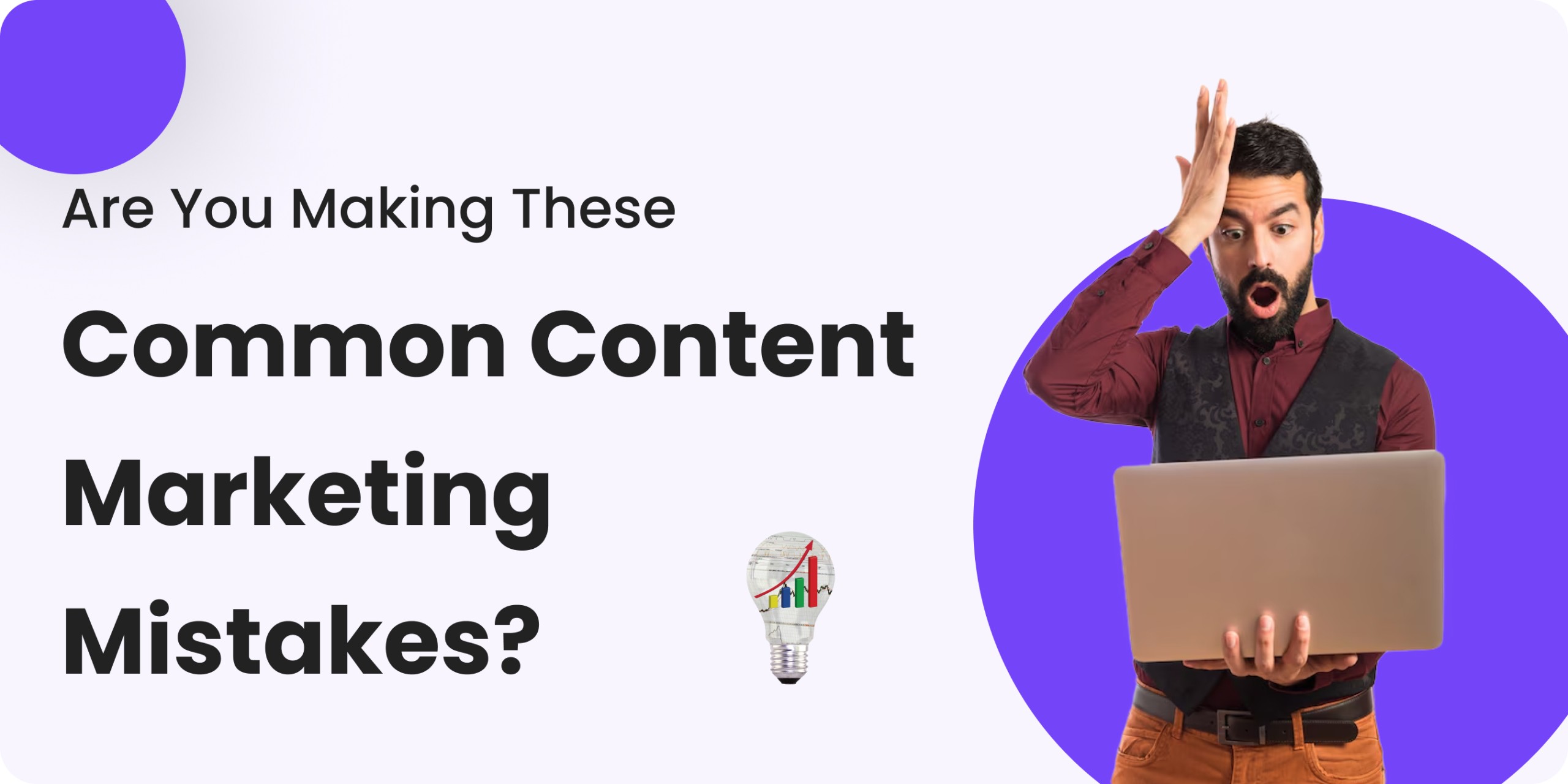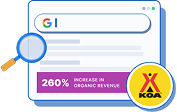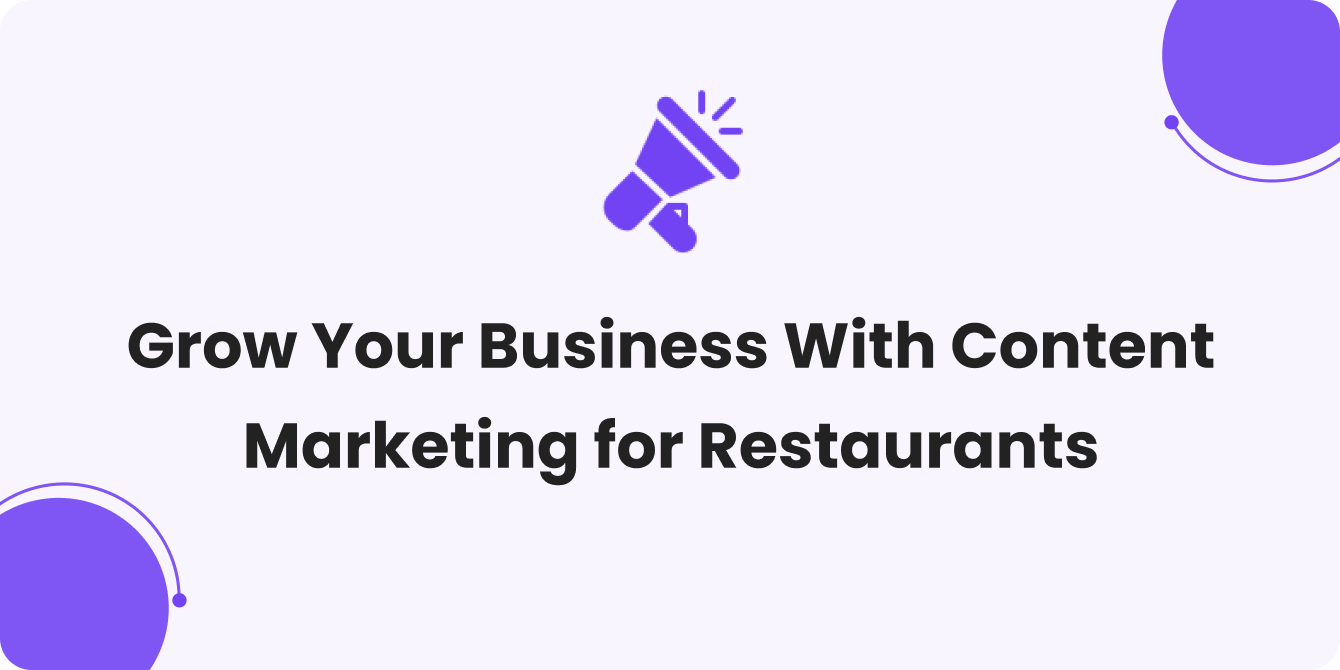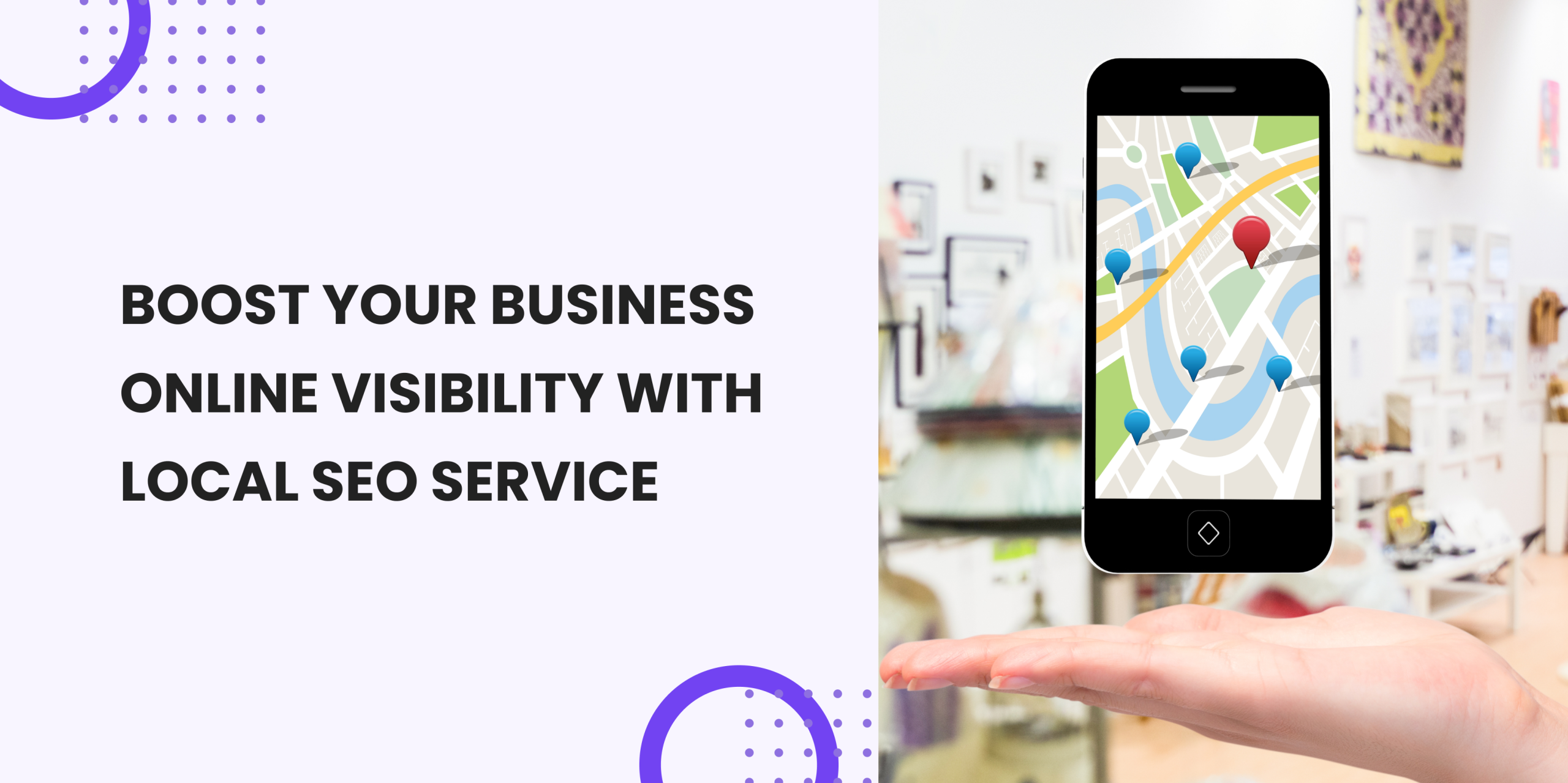Content marketing is no longer a nice-to-have, it’s a must for any brand that wants to grow online.
But even with the best intentions, many businesses still make common content marketing mistakes that hurt their progress.
We’ve seen how these mistakes, like poor SEO, inconsistent posting, or unclear audience targeting, can stop a brand from reaching its full potential. These aren’t just small slip-ups.
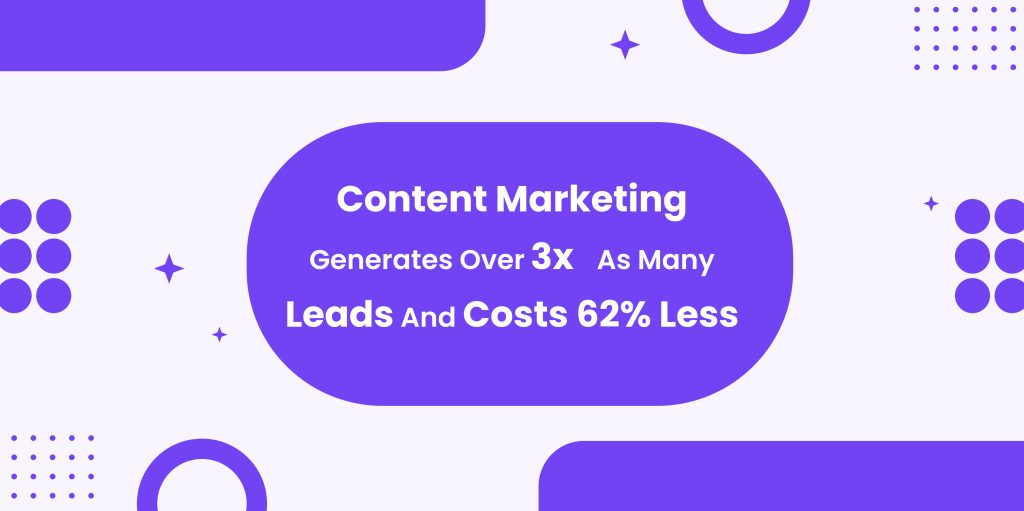
They can lead to lost traffic, lower engagement, and missed revenue.
Here are a few key issues we often notice:
- Mistakes in content creation, like focusing on quantity over quality.
- Audience targeting mistakes in content marketing, where the wrong people are reached.
- SEO content marketing mistakes, such as failing to optimize for search engines.
- Over-promotion in content marketing turns off potential customers.
- Ignoring content marketing analytics and not measuring what works.
We’ll walk you through the 10 most common content marketing mistakes and how to avoid them.
These insights are drawn from real-life experiences, industry standards, and the kind of hands-on strategy we apply every day with our clients at The Meta Future.
10 Common Content Marketing Mistakes (in 2025)
Even with the best intentions, content marketing efforts can easily lose direction.
We’ve worked with brands across industries, from eco-friendly fashion to digital learning, and noticed one thing: small mistakes can cause big problems.
Missing basic SEO practices, guessing your audience’s needs, or ignoring how you distribute content may seem minor, but over time, they quietly drain your results and return on investment.
But the upside is, it’s easy to fix these issues if you know where to look. Most content marketing mistakes are avoidable with the right planning and awareness. When you spot what’s not working, you can make smarter decisions and improve future campaigns.
Now, let’s explore the most common content marketing mistakes to avoid, and share simple, effective ways to stay on the right track.
1. Failing to Define Clear Goals and Objectives
Content without direction is like a ship without a compass. A staggering number of content marketers jump into execution without laying down measurable and strategic goals.
They might know they want “more traffic” or “better engagement,” but they lack the specificity needed to steer action.
One of our retail tech clients initially approached us with the goal of “creating more content.”
After auditing their existing assets, we realized their content was being published at scale, but none of it aligned with their business objectives.
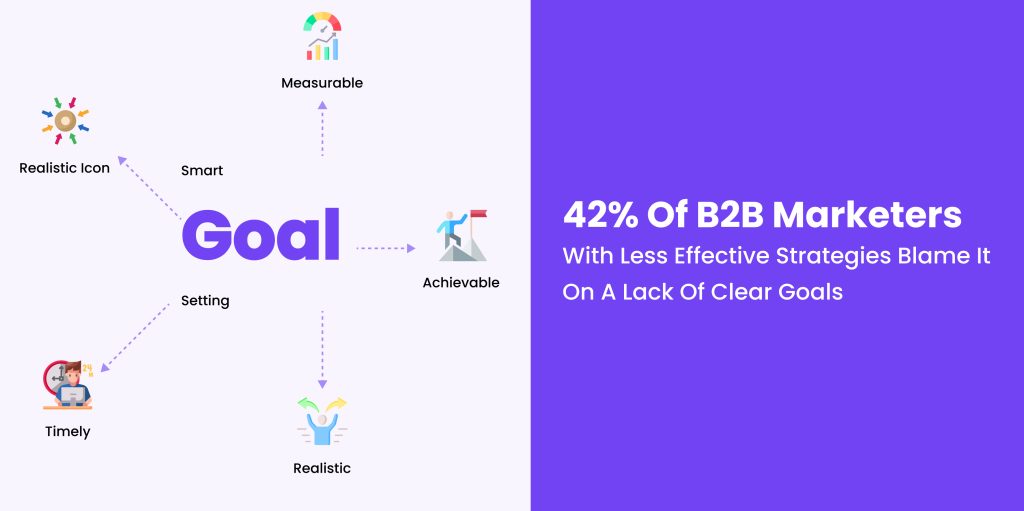
Their bounce rates were high, session durations low, and the conversion funnel was nearly non-existent.
We worked closely to establish SMART goals:
- Specific: Increase blog traffic from organic search by 30% in six months
- Measurable: Track using Google Analytics, Ahrefs, and Hotjar
- Achievable: Based on current trends and competitive analysis
- Relevant: Aligned with product launches
- Time-bound: Reviewed monthly and quarterly
Once the strategy shifted to this framework, we saw a 42% increase in organic traffic and a 23% rise in product demo signups.
What did we learnt from this experience?
- Vague goals kill momentum. Make them measurable.
- Ensure goals align with broader business targets.
- Use performance benchmarks to refine as you go.
2. Ignoring the Target Audience
Generic content is invisible content. Understanding your audience is the cornerstone of a strong content strategy.
Yet, many teams skip persona development and jump straight into writing. The result? Content that sounds great but lands flat.
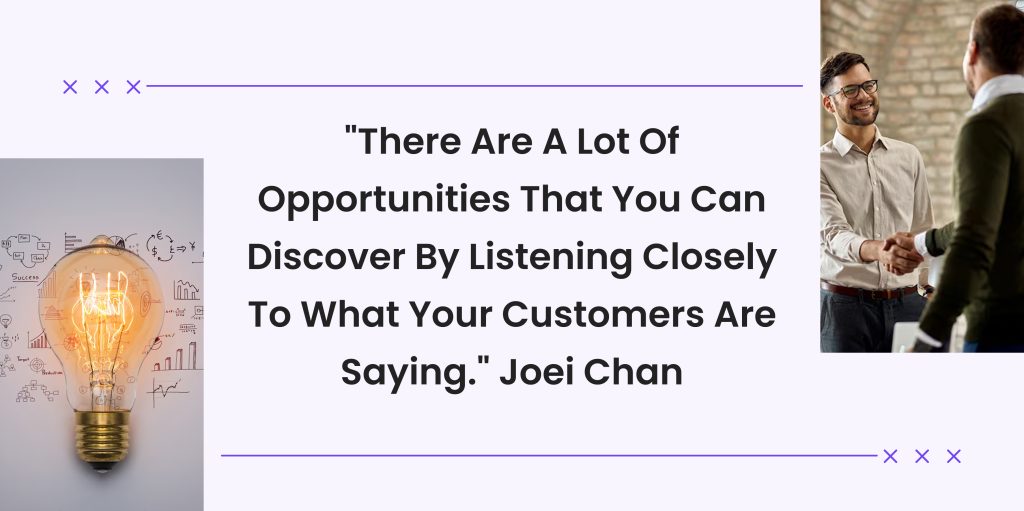
When we collaborated with an edtech company at The Meta Future, their bounce rate exceeded 80%. Why? Their content spoke in technical jargon while their audience was made up of non-tech-savvy educators.
By conducting extensive audience research, including interviews, feedback loops, and behavior tracking, we restructured their voice, tone, and content format.
Within 90 days:
- Bounce rate dropped to 48%
- Email open rates improved by 18%
- Social engagement increased by 2.5x
Here are some audience targeting tips from The Meta Future:
- Create detailed personas, including demographics, pain points, and preferred channels
- Use surveys, polls, and data analytics to refine content tone and direction
- Adapt formats to suit audience behavior (videos, infographics, blogs, etc.)
When content speaks to your audience, not at them, engagement naturally follows.
3. Not Creating High-Quality Content
There’s an outdated belief in “more is better,” and it’s a trap. Publishing low-value articles just to maintain frequency undermines your authority and hurts long-term SEO.
One SaaS client came to us after producing 25 blogs a month, none of which ranked on page one of Google.
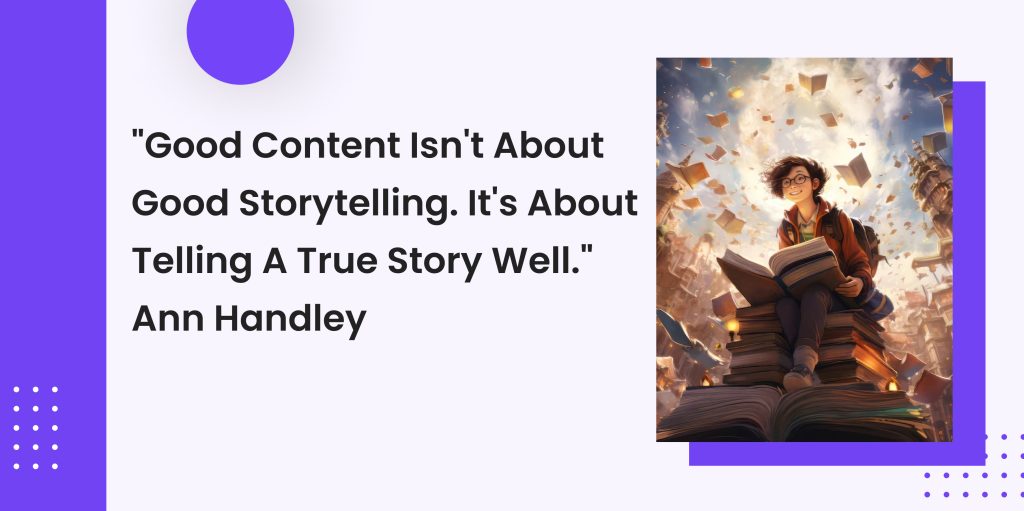
We performed a full content audit and identified gaps in value, originality, and keyword targeting. By reducing quantity and focusing on:
- In-depth research
- Original thought leadership
- Data-driven storytelling
- Clear value propositions
We increased their average time on page by 62% and secured 11 page-one rankings in four months.
Checklist for High-Quality Content:
- Solve real problems, not just rephrase existing answers
- Use expert insights and a unique brand voice
- Optimize structure with headers, visuals, and CTAs
- Edit ruthlessly for clarity and readability
We’ve learned that publishing more doesn’t always mean better. We’d rather create fewer high-impact pieces than chase numbers every week.
4. Failing to Optimize Content for SEO
Even the best content fails when it can’t be found. SEO is not an afterthought, it’s integral to every stage of content creation.
Common SEO content marketing mistakes include ignoring keyword research, neglecting on-page SEO, and failing to build backlinks.
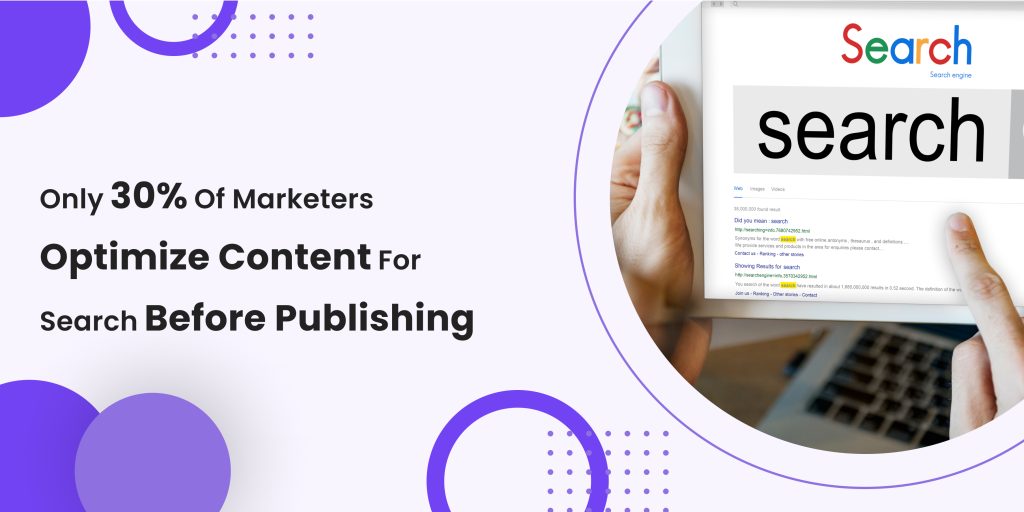
We once audited a startup’s blog section with over 100 articles. Despite the effort, less than 5% received organic traffic. We implemented:
- Keyword clustering and intent mapping
- Internal linking structures
- Optimization of titles, meta descriptions, and image alt texts
- Technical fixes for site speed and mobile-friendliness
This resulted in organic sessions growing by 85%, and bounce rates dropped significantly.
Let’s take a look at SEO Best Practices:
- Conduct intent-based keyword research
- Align structure with semantic SEO (H1-H3)
- Use schema markup where applicable
- Build a natural backlink profile
We use tools like Surfer SEO and SEMrush to ensure our content doesn’t just live online, it leads.
5. Overlooking Content Promotion
“If you build it, they will come” doesn’t apply to content. One of the most underestimated aspects is the distribution strategy.
Content marketing success doesn’t come from creation alone, but from consistent promotion.
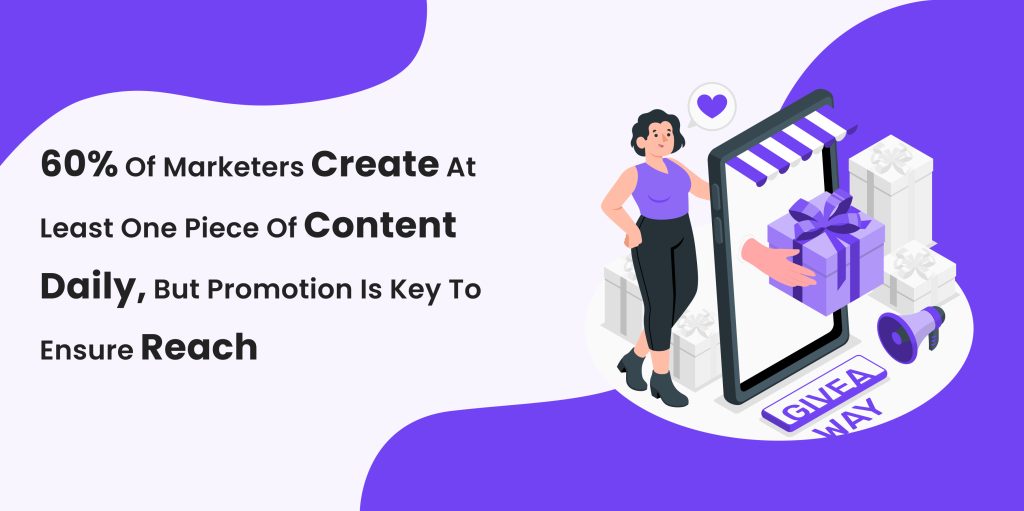
For one fashion eCommerce brand, we discovered that while their blog posts were engaging, they had minimal reach. We designed an amplification plan involving:
- Automated email newsletters segmented by interest
- Paid promotions via Meta and Google
- Scheduled reposts across social platforms
- Strategic collaborations with influencers
In three months, their blog traffic doubled and sales via referral links increased by 33%.
The following are the promotion essentials that we always keep in mind:
- Design distribution plans during content planning
- Use repurposing to turn one blog into videos, carousels, and reels
- Build email funnels around new content
- Leverage content syndication platforms like Medium or LinkedIn
6. Inconsistent Posting and Content Strategy
Posting once a month and then five times in a week signals inconsistency. The most successful brands treat content like a product, with version control, deadlines, and strategic mapping.

For one fintech client, a lack of consistency confused their audience. We introduced a content calendar that aligned with business events, seasonal trends, and product rollouts. Within 6 weeks:
- Content output became predictable and engaging
- Internal teams coordinated better for launches
- Blog subscriptions increased by 40%
Are you worried about staying consistent? This is what you must do:
- Use editorial calendars (like Trello, Notion, or CoSchedule)
- Plan monthly and quarterly content themes
- Assign KPIs to each content piece
- Encourage cross-functional alignment (sales, PR, support)
Our process at The Meta Future ensures every piece fits into the bigger puzzle.
7. Not Measuring Content Performance
Many marketers fail to review what happens after content is published.
Measuring content marketing success means looking at more than just views, you need to understand behavior, conversion paths, and long-term value.
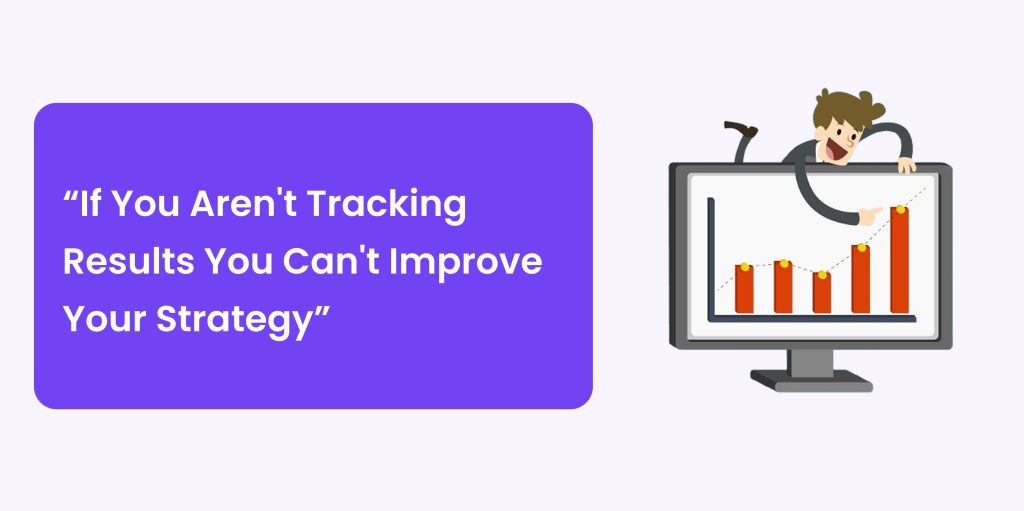
With one B2B logistics platform, we integrated Google Analytics 4, Hotjar, and HubSpot tracking to trace user journeys. The insights helped:
- Identify content that converted visitors into leads
- Understand where users dropped off
- Adjust content CTAs and internal linking
As a result, their lead quality improved, and average session duration increased by 47%.
Here are some of the Analytics Must-Haves we always make sure to know to make it easier for you to understand:
- Define success metrics for each content type
- Use heatmaps to understand user behavior
- Run A/B tests on headlines and CTAs
- Reevaluate underperforming content regularly
We don’t guess. We rely on real data to guide what we create, when we share it, and who we share it with.
8. Focusing Too Much on Self-Promotion
Brands that talk only about themselves lose the audience’s trust quickly. Content should educate, entertain, and empower, not just sell.
One D2C client focused heavily on product-centric blogs. We noticed low engagement and poor time-on-page stats. We shifted the strategy to:
- Include customer success stories
- Publish how-to guides
- Offer value through industry insights
The shift saw a 3x increase in social shares and a significant uplift in returning traffic.
How to Strike the Right Balance:
- Follow the 80/20 rule: 80% value, 20% promotion
- Build authority through knowledge, not just claims
- Use storytelling over product specs
Our content always begins with the user in mind. Sales follow naturally when trust is built.
9. Ignoring the User Experience
Content isn’t consumed in isolation, it exists within a digital experience. Poor design, slow pages, and mobile-unfriendly formats can kill even the best content.
We helped a wellness platform reduce its bounce rate from 75% to 35% simply by optimizing:
- Page load speed
- Mobile responsiveness
- Readability (font size, spacing, contrast)
- CTA placement
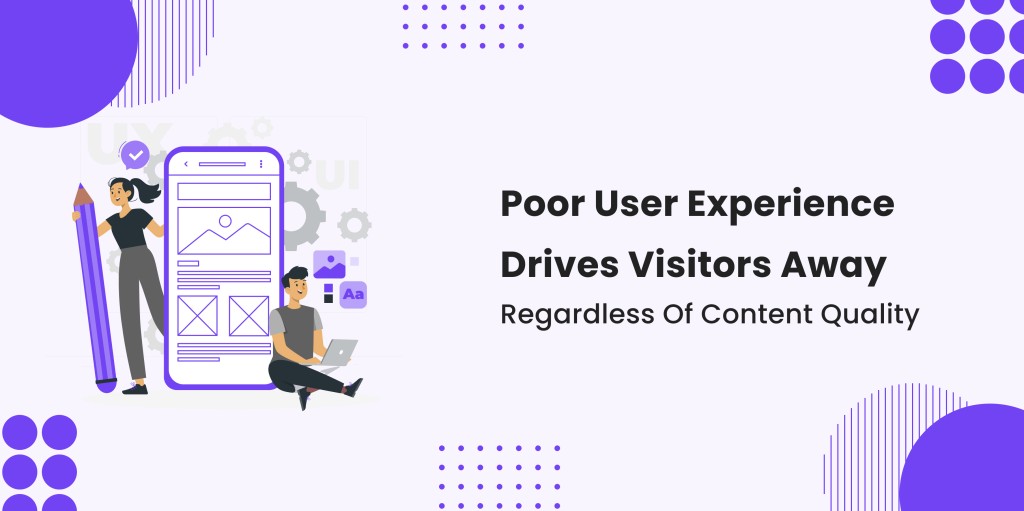
Key UX Elements for Content:
- Fast-loading pages (<3s)
- Clean layout with readable font styles
- Mobile-first design
- Logical navigation and internal linking
User-first design is at the heart of everything we do at The Meta Future. Because when you design for real people, results follow.
10. Not Updating Old Content
Content is a living asset. Letting it decay is one of the most overlooked content marketing strategy errors. Search intent changes, statistics become outdated, and links break.
When we revisited blogs for a cybersecurity client, we noticed content written two years ago had dropped rankings significantly. We refreshed them with:
- Updated stats and visuals
- Better SEO optimization
- New CTAs
These updates led to a 50% boost in traffic to those posts and reclaimed lost positions in SERPs.
Content Refresh Checklist:
- Review content every 6-12 months
- Update outdated references and links
- Re-optimize for current search trends
- Promote refreshed content across channels
Content isn’t a one-and-done task. We build maintenance into every long-term strategy.
Conclusion
Content marketing is both an art and a science. The most common content marketing mistakes can hold even the best brands back. But with clarity, consistency, and data-driven SEO services, these pitfalls can be transformed into opportunities.
At The Meta Future, our mission is to empower brands with content that speaks, sells, and sustains. From defining goals to optimizing for user experience, each element matters. Avoiding these ten common mistakes doesn’t just improve strategy, it ensures growth.
To strengthen your content marketing, always start by aligning each piece with your core business objectives. If it doesn’t support growth or serve a clear purpose, it’s just adding to the noise.
Let audience insights lead the way; create content that answers their needs, not just what your brand wants to say.
And most importantly, keep testing, learning, and evolving. The best content strategies are never static, they grow and improve over time, just like your audience.
Looking to improve your content marketing strategy? Connect with us at The Meta Future and let’s create content that delivers real, measurable results.

